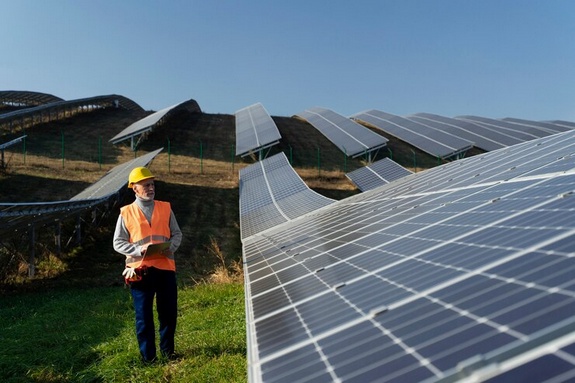Introduction
The global push towards sustainable energy solutions has brought renewable technologies, such as solar power, to the forefront of the energy landscape. One crucial component of solar energy systems is the solar inverter, responsible for converting direct current (DC) generated by solar panels into usable alternating current (AC). As solar inverters reach the end of their operational life, the challenge of responsible disposal and recycling emerges. This article explores the intricacies of recycle solar invertors, addressing environmental concerns, recycling methods, and the need for comprehensive regulatory frameworks.
The Lifecycle of Solar Inverters
Understanding the lifecycle of solar inverters is essential in comprehending the challenges associated with their recycling. Solar inverters play a pivotal role in harnessing solar energy, converting it into a form that can power homes and businesses. Over time, these inverters can become less efficient or outdated, necessitating replacement. Efficient recycling practices are crucial to managing the environmental impact of retired solar inverters and recovering valuable materials for reuse.
Environmental Concerns
Electronic Waste Challenges
Solar inverters, like many electronic devices, contribute to the broader issue of electronic waste (e-waste). E-waste contains hazardous materials such as lead, mercury, and other toxic substances. Improper disposal of solar inverters can lead to environmental pollution, posing risks to ecosystems and human health. Responsible recycling practices are essential to mitigate the environmental impact of e-waste.
Material Composition
Solar inverters consist of various materials, including metals, plastics, and electronic components. Disposing of these materials in landfills contributes to resource depletion and environmental degradation. Sustainable recycling methods are necessary to recover valuable materials, reducing the reliance on finite resources and minimizing the environmental footprint of solar inverters.
Recycling Solutions
Component Recovery
A primary solution to address the environmental impact of solar inverter disposal is component recovery through recycling. Specialized facilities can extract valuable materials such as metals and electronic components from used inverters. These recovered materials can then be repurposed for the manufacturing of new inverters or other electronic devices, contributing to a more circular and sustainable economy.
Refurbishment and Resale
Refurbishing and reselling solar inverters represent another avenue for sustainable recycling. In some cases, inverters may still have functional components that can be repaired or upgraded. Refurbishing allows for the extension of the inverter's lifespan, reducing the overall demand for new manufacturing and minimizing waste. Reselling refurbished inverters provides an eco-friendly option for those seeking cost-effective solar energy solutions.
Regulatory Frameworks
Standardization and Guidelines
To ensure responsible recycling of solar inverters, the establishment of standardized regulations and guidelines is imperative. Collaboration between governments, environmental agencies, and industry stakeholders is essential to create clear frameworks that address the entire lifecycle of inverters, from manufacturing to disposal. These standards should encompass environmental considerations, worker safety, and the promotion of sustainable practices.
Extended Producer Responsibility
The integration of extended producer responsibility (EPR) programs into the solar inverter industry can significantly enhance responsible recycling. EPR places the responsibility on manufacturers to manage the collection, recycling, and proper disposal of their products at the end of their life. By holding manufacturers accountable, EPR encourages the design of inverters with recyclability in mind and promotes sustainable practices throughout the product lifecycle.
Conclusion
As the world transitions towards cleaner and more sustainable energy sources, the recycling of solar inverters takes center stage in the journey towards a greener future. Responsible disposal and recycling practices are essential to mitigate environmental risks associated with electronic waste and the depletion of valuable resources. Component recovery, refurbishment, and the integration of regulatory frameworks, such as standardization and extended producer responsibility, play pivotal roles in shaping the sustainable future of solar inverter recycling.
By addressing the environmental concerns, adopting innovative recycling solutions, and implementing comprehensive regulatory frameworks, stakeholders can pave the way for a more circular economy. As the demand for clean energy solutions continues to rise, understanding and navigating the recycling of solar inverters becomes integral to building a future where environmental responsibility is at the forefront of technological progress. So, what's next in the landscape of solar inverters recycling? It's a commitment to a sustainable and eco-friendly energy transition.


No comments yet